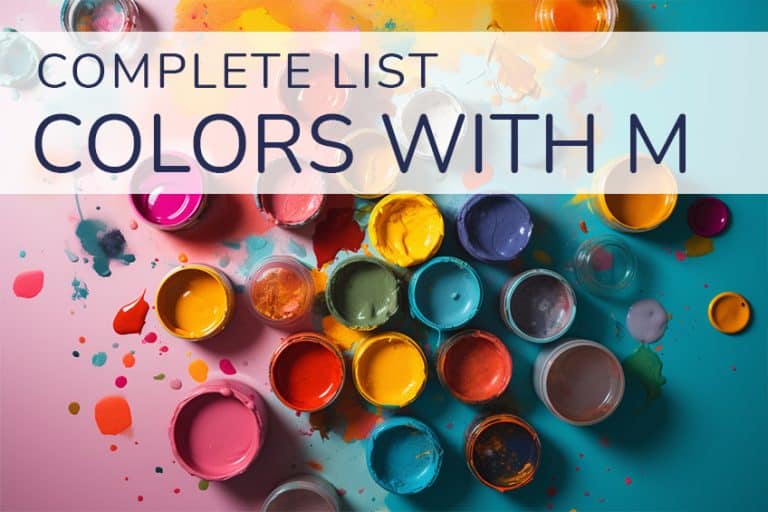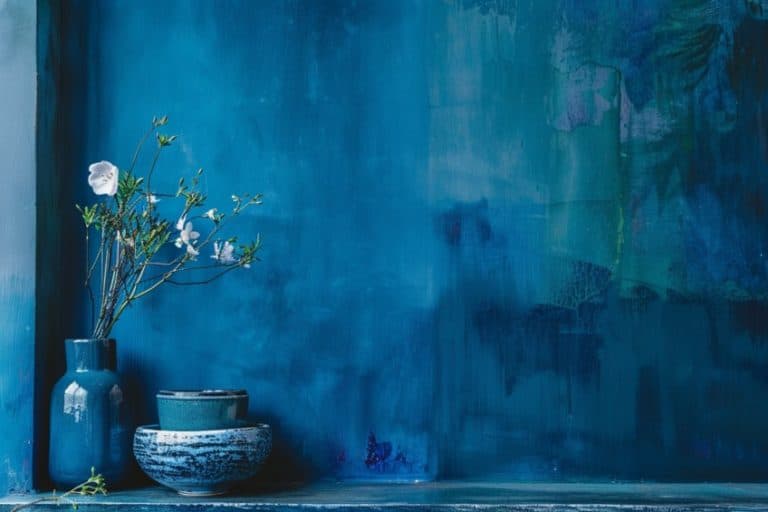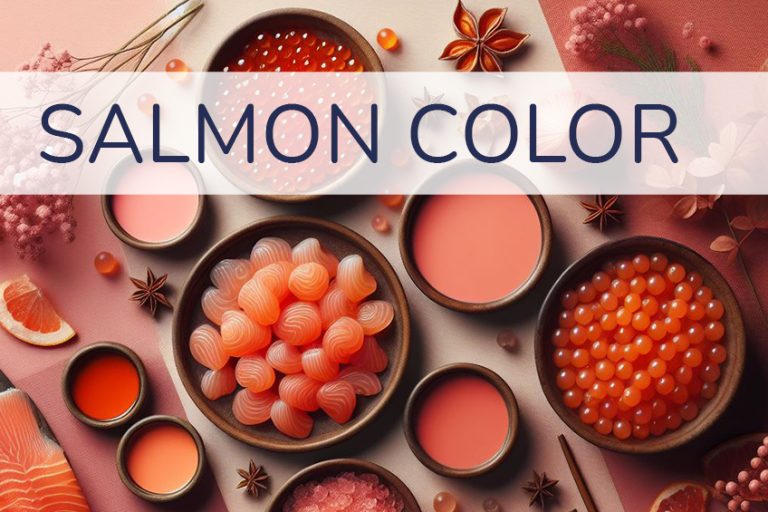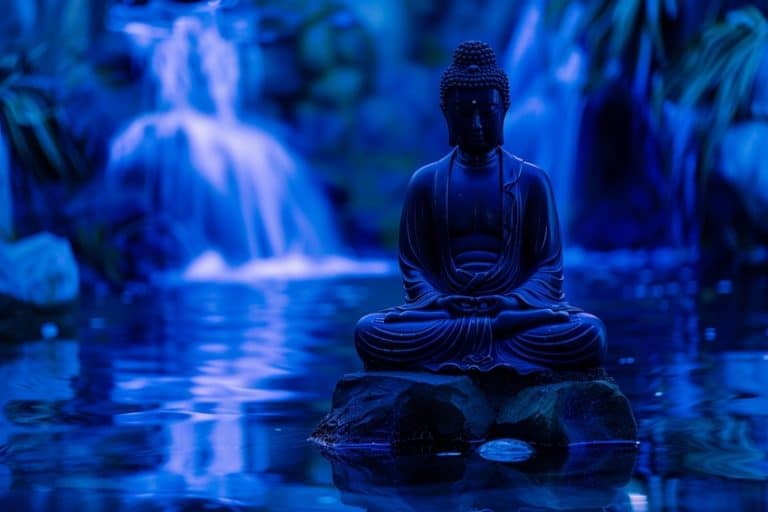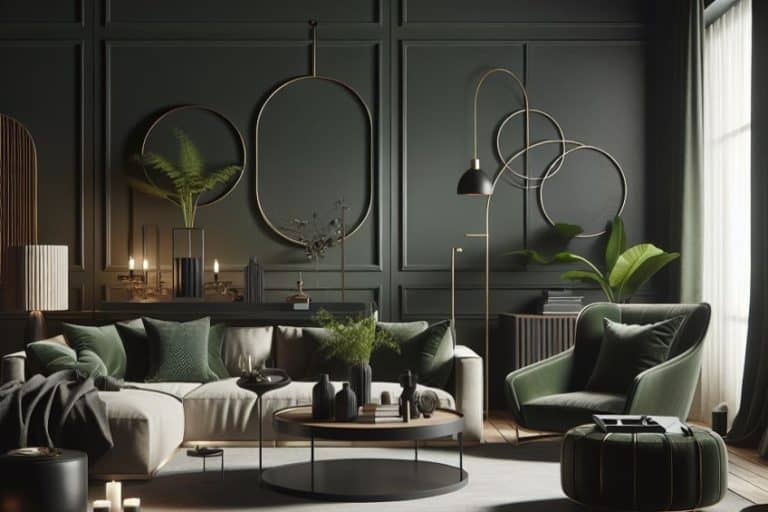Rose Color – Learn How to Use the Rose Color Palette
The rose color may conjure up a beautiful bouquet of roses, however, there are quite a few different colors of roses you can choose from. These include red, pink, white, yellow, and even blue. For this article, we will be dealing with the color defined online as rose, which is a color between red and magenta. Below, we will be looking at the rose color meaning, among other interesting facts about the color!
What Color Is Rose?
The rose color we are going to be dealing with can be described as mostly pure pink. The color can be found somewhere between magenta and red when looking at the RGB color model wheel. This model is used for graphics like on your computer. The hue will have its own distinctive rose hex code, which helps identify this particular color. There are also other colors similar to rose, some leaning more towards red, while others are closer to magenta. In the RGB color system, red, green, and blue are your primary colors. In the table below, you will also notice the rose color code for this color model, which helps break down how much of each of these colors is present to produce the rose color.
There is also a second rose color code that displays the letters CMYK. This rose color code is what you use if you want to print. The primary colors used to create the rose color, in this case, are cyan, magenta, and yellow.
Colors also have a certain temperature bias, meaning they can be warm or cold. The simple explanation is that red, yellow, and orange are warm, while colors like blue and green are cool. However, when it gets to all the other different types of colors, it can get a bit complicated. Pink, in general, is seen as a warm color. However, some pinks have different undertones, which can also make them cooler. Since this particular rose color is somewhere between magenta and red, it is balanced between warm and cool.
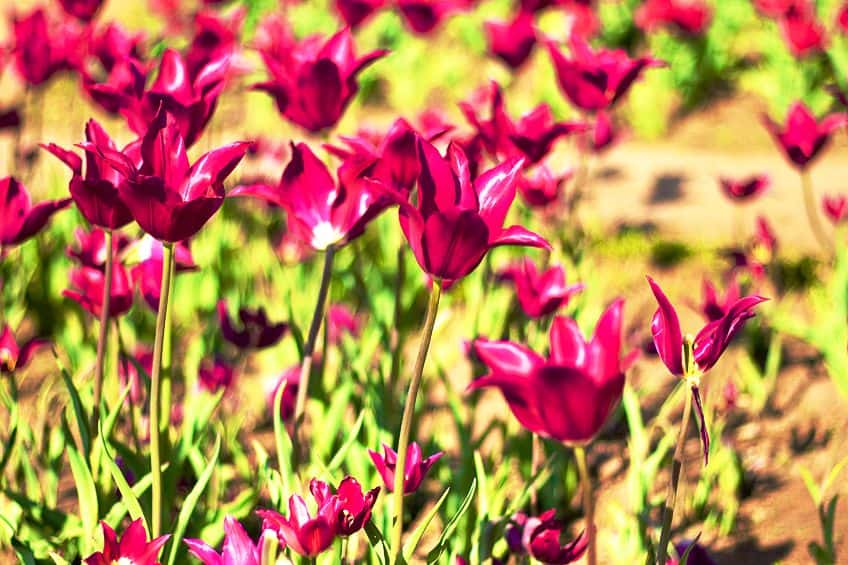
| Shade | Hex Code | CMYK Color Code (%) | RGB Color Code | Color |
| Rose | #ff007f | 0, 100, 50, 0 | 255, 0, 127 |
Rose Color: A Brief History
The rose color name originates directly from the rose flower, which is known as “rosa” in Latin. However, as we have mentioned, there are many different rose flower colors, which can include traditional red roses to elegant pink and modest peach roses. The rose, in general, is a symbol of love and has appeared in history and cultures all over the world. In Ancient Greece and Rome, rose garlands were worn as a sign of celebration at various gatherings.
The rose was also connected to Aphrodite, the Ancient Greek goddess of love. In the Bible, flowers like lilies help to represent things like innocence and purity, while roses represent hope, love, joy, beauty, and God’s glory.
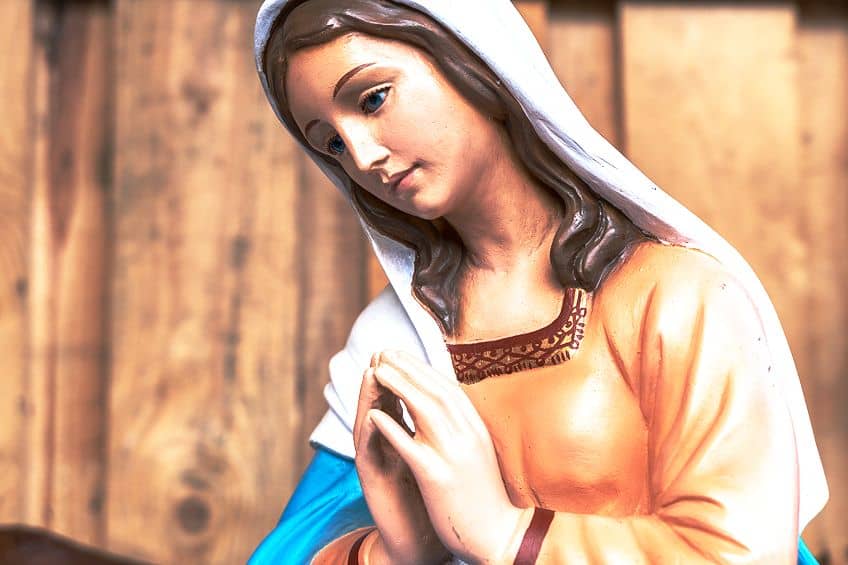
Roses are also seen as something connected with the Virgin Mary since around the 13th century. A well-known series of devotional prayers known as the Rosary of the Blessed Virgin Mary was spread by Saint Dominic, symbolized by rose garlands worn in Heaven. This is also where the rosary became known, which is a cord with beads used in prayer. The use of the rose as a color name can be traced back to 1382 and can be found in the Dictionary of Color by Paul and Maerz.
Rose Color Meaning
Traditionally, pink is associated with love, romance, femininity, innocence, and warmth. The rose color has also been linked to positivity and beauty. The effects of pink colors can be calming but also energizing, comforting, and uplifting. Pink can also be seen as a playful color that exhibits feelings of compassion. On the negative side, too much pink can seem childish and over-optimistic or shows a lack of confidence.
Roses come in many different colors, each having its own meaning, and can range from showing love and friendship to mourning.
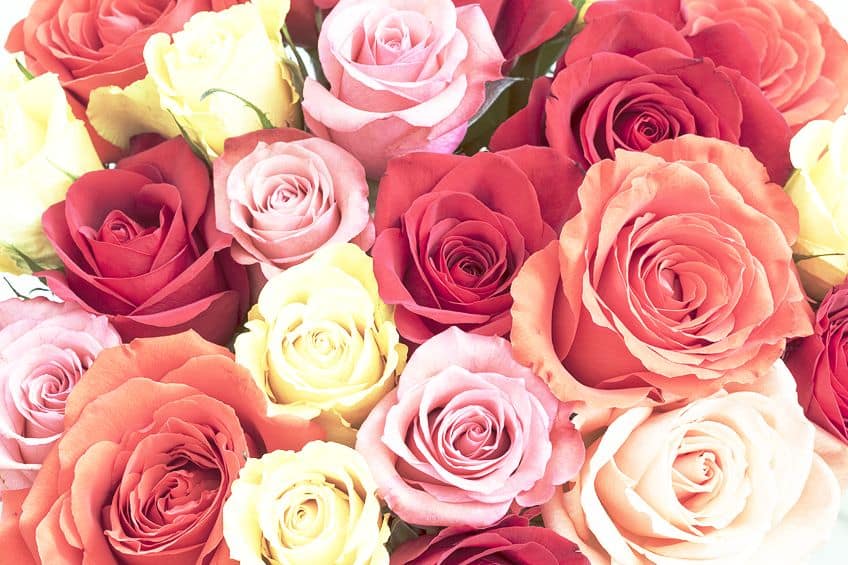
Red is traditionally appropriate to give to somebody you love, as it symbolizes deep romantic feelings. Deep pink roses are meant to symbolize feelings of gratitude and joy and are a little more subtle than red. A medium pink rose can also be meant to help congratulate somebody, or it can even be used for grieving. They are quite versatile and are appropriate for quite a wide range of occasions. Lighter pink roses are associated more with gentleness, happiness, and joy, and are great for weddings. They can also be given as a gesture of friendship for someone.
Colors Similar to the Rose Color
Maybe you are looking for something more distinctive, but similar to the rose color. There are many variations you can choose from, which can range from lighter to brighter rose hues. Some may also appear more pink, while others lean more towards red, and others can have purple undertones.
Rose Quartz
A much softer color that can be described as a lighter grayish red. You can easily achieve this color with acrylic paints by mixing a little red into white paint. The name rose quartz originates from a stone that has a similar name. This particular rose hex code is #f7cac9 and was Pantone’s color of the year for 2016, along with the color serenity, a soft blue.
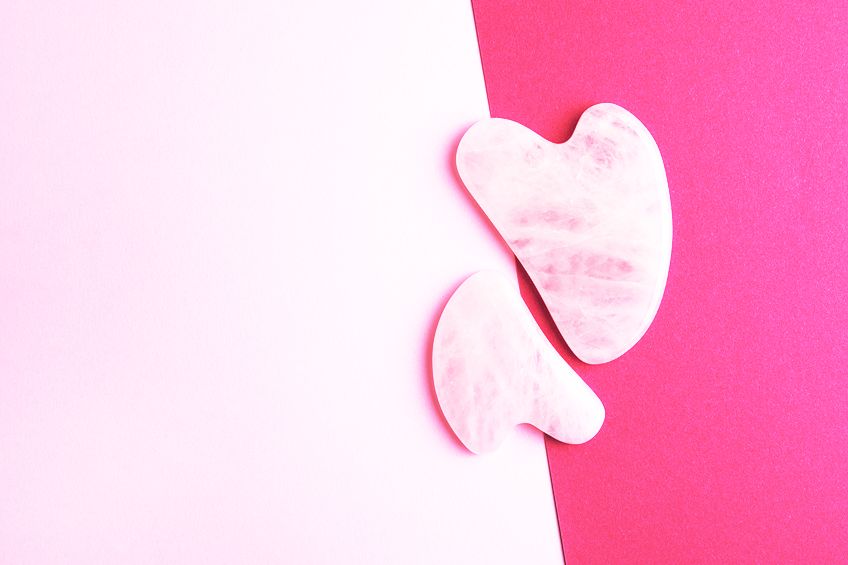
| Shade | Hex Code | CMYK Color Code (%) | RGB Color Code | Color |
| Rose | #ff007f | 0, 100, 50, 0 | 255, 0, 127 | |
| Rose Quartz | #f7cac9 | 0, 18, 19, 3 | 247, 202, 201 |
Tea Rose
Tea rose, also known as baby pink, is a soft red hue that can be used effectively to add a vintage-type look to a living space. The warm color will work well with neutrals like white and gray and will contrast nicely with blues and greens.

| Shade | Hex Code | CMYK Color Code (%) | RGB Color Code | Color |
| Rose | #ff007f | 0, 100, 50, 0 | 255, 0, 127 | |
| Tea Rose | #f4c2c2 | 0, 20, 20, 4 | 244, 194, 194 |
Rose Red
Rose red, also known as the American rose, is a vibrant red hue. This color is more intense and is associated more with passion and love. This color will be more challenging to use in designs but can be paired with more neutral colors to tone it down.

| Shade | Hex Code | CMYK Color Code (%) | RGB Color Code | Color |
| Rose | #ff007f | 0, 100, 50, 0 | 255, 0, 127 | |
| Rose Red | #ff033e | 0, 99, 76, 0 | 255, 3, 62 |
Misty Rose
The misty rose color can be described as being a very pale red, which makes it more of a pink pastel tone. The color is warm and quite bright, with low saturation, and can be paired with white to provide a beautiful and elegant look to a design.
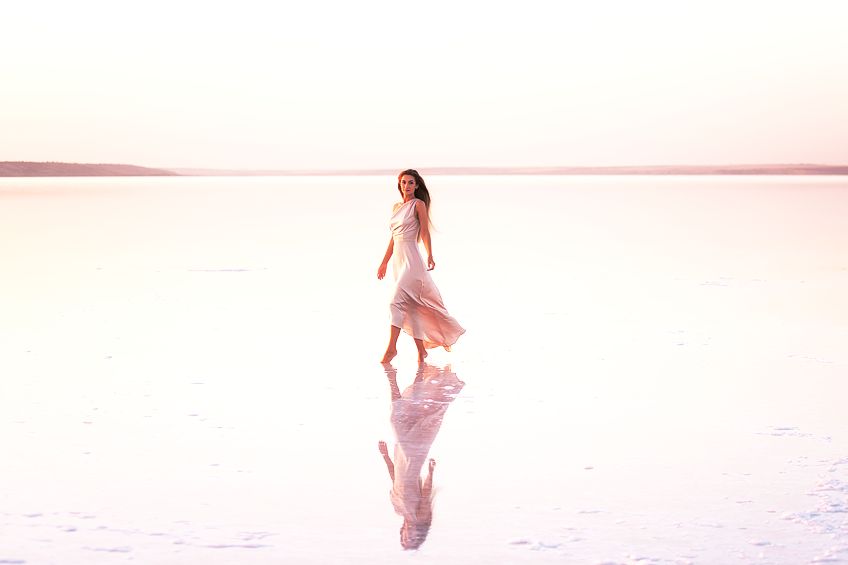
| Shade | Hex Code | CMYK Color Code (%) | RGB Color Code | Color |
| Rose | #ff007f | 0, 100, 50, 0 | 255, 0, 127 | |
| Misty Rose | #ffe4e1 | 0, 11, 12, 0 | 255, 228, 225 |
Fuchsia
Fuchsia is a bright purplish-red or magenta color and can be found in between pink and purple when looking at the color wheel. In many cases, it is simply referred to as a bright and vibrant shade of pink. Sometimes, magenta and fuchsia can get confused with each other. Fuchsia possesses a purple undertone, while magenta appears more reddish.
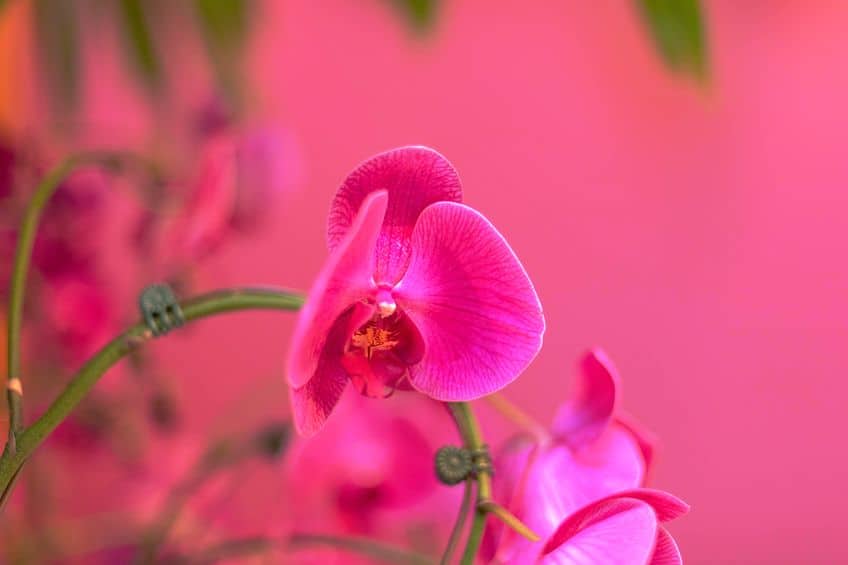
| Shade | Hex Code | CMYK Color Code (%) | RGB Color Code | Color |
| Rose | #ff007f | 0, 100, 50, 0 | 255, 0, 127 | |
| Fuchsia | #ff00ff | 0, 100, 0, 0 | 255, 0, 255 |
What Colors Go With Rose?
Most of the different types of rose colors should work well with many other colors. However, some combinations can be overwhelming, for example, pairing rose with yellow or orange. This is why you should try and follow the design rule of 60,30,10, and use the various color combinations that are determined by the color wheel.
Complementary Rose Colors
This type of color combination is popular if you want to create contrast. To determine these colors, you can always go to the color wheel, and find your specific color, and the color opposite this will be your complementary hue. The exact complementary color for the rose color is cyan or lime green hue.
You can also choose a softer hue like mint green or a darker grayish green like sage.
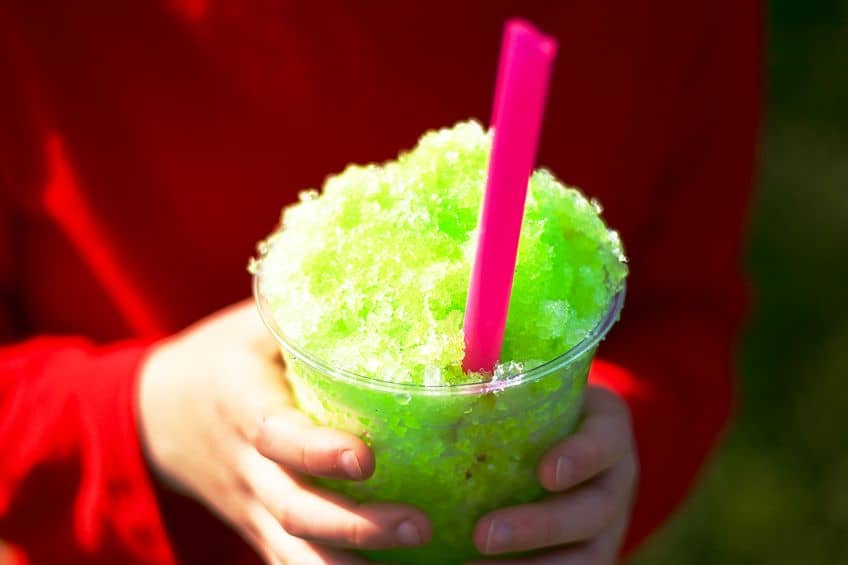
| Shade | Hex Code | CMYK Color Code (%) | RGB Color Code | Color |
| Rose | #ff007f | 0, 100, 50, 0 | 255, 0, 127 | |
| Lime Green | #00ff80 | 100, 0, 50, 0 | 0, 255, 128 | |
| Mint Green | #a2e4b8 | 29, 0, 19, 11 | 162, 228, 184 | |
| Sage | #9caf88 | 11, 0, 22, 31 | 156, 175, 136 |
Analogous Rose Colors
If you are looking for a more balanced color combination, then this might be worth trying. Analogous colors usually always share similar characteristics and are positioned close to each other when you look at the color wheel. In this case, it is fuchsia and red, however, you can also go for softer colors like blush or watermelon.
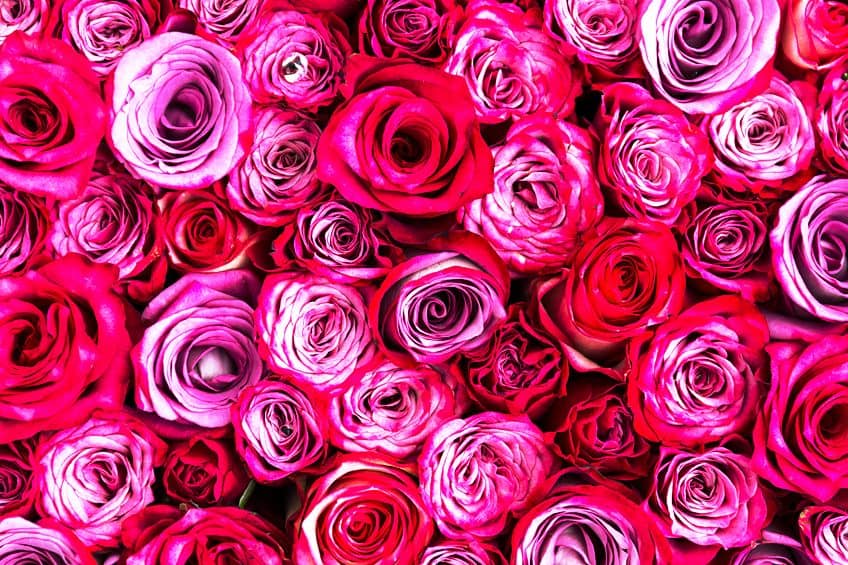
| Shade | Hex Code | CMYK Color Code (%) | RGB Color Code | Color |
| Rose | #ff007f | 0, 100, 50, 0 | 255, 0, 127 | |
| Fuchsia | #ff00ff | 0, 100, 0, 0 | 255, 0, 255 | |
| Red | #ff0100 | 0, 100, 100, 0 | 255, 1, 0 | |
| Blush | #e8c7c8 | 0, 14, 14, 9 | 232, 199, 200 | |
| Watermelon | #e8476a | 0, 69, 54, 9 | 232, 71, 106 |
Monochromatic Rose Colors
This is one of the easiest color combinations to work with, as you are only using variations of a single color. This means lighter or darker hues of the rose color, which has the effect of adding depth to a design.

| Shade | Hex Code | CMYK Color Code (%) | RGB Color Code | Color |
| Rose | #ff007f | 0, 100, 50, 0 | 255, 0, 127 | |
| Light Rose | #ffc4e1 | 0, 23, 12, 0 | 255, 196, 225 | |
| Dark Rose | #b30059 | 0, 100, 50, 30 | 179, 0, 89 |
Triadic Rose Colors
This color combination must be used carefully, as it can create quite a contrast between all the colors. On the color wheel, three colors in the form of an equal-sided triangle create the combination. Again, there are many other shades you can use as well, for example.

| Shade | Hex Code | CMYK Color Code (%) | RGB Color Code | Color |
| Rose | #ff007f | 0, 100, 50, 0 | 255, 0, 127 | |
| Azure | #007fff | 100, 50, 0, 0 | 0, 127, 255 | |
| Chartreuse | #7fff00 | 50, 0, 100, 0 | 127, 255, 0 | |
| Teal | #008080 | 100, 0, 0, 50 | 0, 128, 128 | |
| Pistachio | #93c572 | 25, 0, 42, 23 | 147, 197, 114 |
How to Use the Rose Color
When using the rose color in designs, it can bring a certain warmth, liveliness, and beauty to the table. First, let us have a quick look at how you can mix paints to produce a color similar to a rose color.
How to Mix Rose Color Paint
To mix paint colors, you might have to experiment as many similar color paints will produce different results. To create a simple pink color, you can take red and white paint. Place some white paint on your palette and then add small amounts of red until you get a nice pink. The more red is added, the darker it becomes. To make it darker, you can try another way by adding tiny amounts of purple.
Consider experimenting with a blend of red, blue, and white to create a rose-red color.
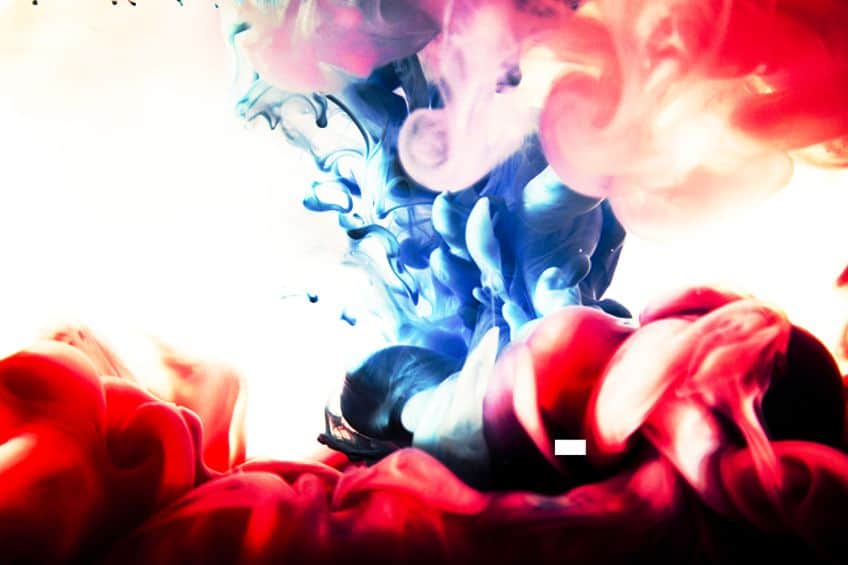
This is where you need to try different types of color paint. For example, alizarin crimson, which has more of a purple undertone, or cadmium red, which is more orangey-red. Combine small amounts of your chosen red and blue to create a purple. Add a little of this to some titanium white to produce a soft rose-red hue. Remember, to always check your paints and make sure you are not unknowingly mixing all three primary colors, which will leave you with an unexpectedly muddy color.
Rose Color in Fashion
Pink has become quite popular over the years and different types have made it to the Pantone color of the year with names like viva magenta, millennial pink, and hot pink. Various shades of pink, which include the rose color, are seen as trendy, feminine, confident, fashionable, and versatile, and can be used to make a statement.
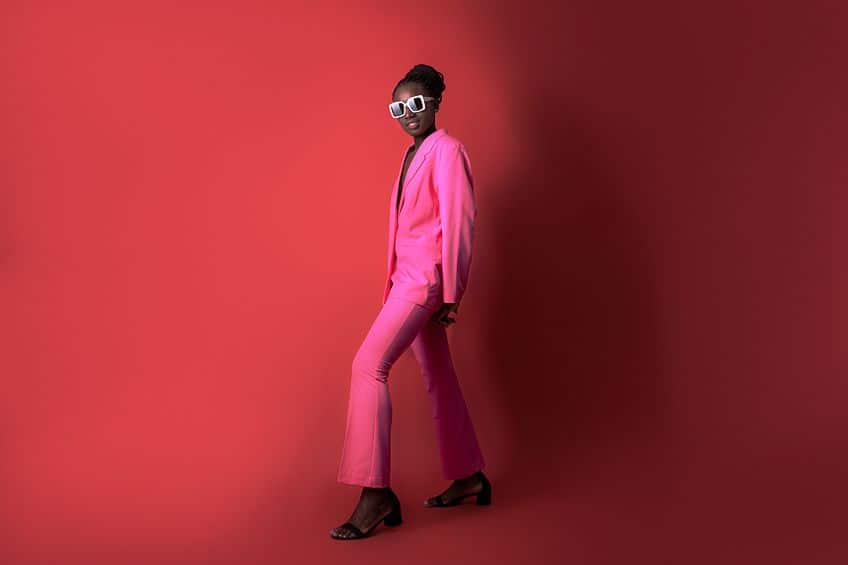
| Shade | Hex Code | CMYK Color Code (%) | RGB Color Code | Color |
| Viva Magenta | #be3455 | 0, 73, 55, 25 | 190, 52, 85 | |
| Millennial Pink | #f3cfc6 | 0, 15, 19, 5 | 243, 207, 198 | |
| Hot Pink | #ff69b4 | 0, 59, 29, 0 | 255, 105, 180 |
Rose Color in Interior Designs
The rose color can be seen as a feminine color and might not be the first choice when considering interior designs. You might think it is only good for use in a girl’s bedroom, however, if used properly, it can bring warmth and elegance to a living space in any room of the home. One of the more popular ideas is to use a paler shade of rose to create a more neutral look that can bring more warmth to a room.
Before choosing a color for the wall, make sure to check out various tones on all the walls at different times of the day.
When the paint dries, it tends to darken, so testing it out in different lighting can help you choose the perfect shade of paint. Also, consider the tone of the rose color and try to match it with that of the other colors you are using. You can also consider layering different shades of rose or pink to a neutral-based space, which can add more depth and interest. If you love the rose color but are afraid to commit to painting walls, you can simply bring in the color as an accent. Consider cushions, rugs, throws, and art.

Some of the more popular pinks used are deep earthy shades that pair well with neutrals like warmer browns, beige, and creamy whites. Other colors that also work include deep greens, dark blue, and even orange or black. What is also popular is pairing pinks with natural items, such as wood, wicker, and marble.
The rose color is a calming, warm, and inviting hue that can also add a playful touch to any design. It is also quite a versatile color that, if used properly, can work with many other colors to create an attractive and harmonious color palette. Whether you see the rose color as a shade of red or pink, it might just be the color you are looking for!
Frequently Asked Questions
What Color Is Rose?
Roses come in many different colors, but the rose color we are referring to can be described as a color that sits between red and magenta on the color wheel. It does lean more toward red, but there are various shades. So, depending on the shade, it can be considered more of a shade of red or pink.
What Is the Rose Color Meaning?
The rose color can be associated with femininity, warmth, innocence, and of course, romance and love. Lighter shades can also be calming and inviting, while brighter shades can be energizing and uplifting.
What Colors Go With Rose?
The rose color can work well with neutrals like white, beige, brown, taupe, gray, and even black. To create contrast, the rose color can work with various shades of blue and green. Used properly, the rose color can also work with a variety of orange and red shades.
In 2005, Charlene completed her Wellness Diplomas in Therapeutic Aromatherapy and Reflexology from the International School of Reflexology and Meridian Therapy. She worked for a company offering corporate wellness programs for a couple of years, before opening up her own therapy practice. It was in 2015 that a friend, who was a digital marketer, asked her to join her company as a content creator, and this is where she found her excitement for writing.
Since joining the content writing world, she has gained a lot of experience over the years writing on a diverse selection of topics, from beauty, health, wellness, travel, and more. Due to various circumstances, she had to close her therapy practice and is now a full-time freelance writer. Being a creative person, she could not pass up the opportunity to contribute to the Art in Context team, where is was in her element, writing about a variety of art and craft topics. Contributing articles for over three years now, her knowledge in this area has grown, and she has gotten to explore her creativity and improve her research and writing skills.
Charlene Lewis has been working for artincontext.org since the relaunch in 2020. She is an experienced writer and mainly focuses on the topics of color theory, painting and drawing.
Learn more about Charlene Lewis and the Art in Context Team.
Cite this Article
Charlene, Lewis, “Rose Color – Learn How to Use the Rose Color Palette.” Art in Context. July 14, 2023. URL: https://artincontext.org/rose-color/
Lewis, C. (2023, 14 July). Rose Color – Learn How to Use the Rose Color Palette. Art in Context. https://artincontext.org/rose-color/
Lewis, Charlene. “Rose Color – Learn How to Use the Rose Color Palette.” Art in Context, July 14, 2023. https://artincontext.org/rose-color/.




